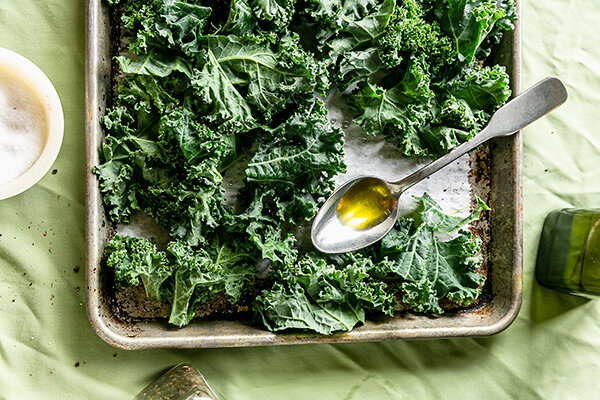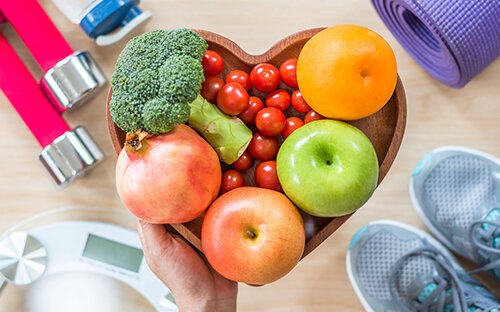THIS MESSAGE IS BROUGHT TO YOU BY COLLARD KALE 2020
#CollardKale2020
According to the Environmental Protection Agency, the average US household family of four throws out 219 lbs of food per person annually. That equates to nearly $1,600 per family. In addition, nearly 40% of the US food supply is wasted each year.
The numbers and statistics are shocking, and it makes you wonder just how we as Americans manage to waste so much food each year. Food waste happens every single day from your house to the grocery store, the local restaurants in town, and everywhere in between. It’s a growing problem throughout our country—and the world—and it’s one that we’re hoping to help you take steps towards tackling.
At WP Rawl, we pride ourselves on fast, farm fresh deliveries and doing our part to cut down on food waste that happens on the commercial production side. Our transportation fleet allows us to offer dependable, overnight delivery to major east coast cities. This means our freshly picked produce is delivered in hours rather than days to your local grocery store to get it to you as quickly as possible for consumption.
Meal Plan
The best way that we know how to limit food waste is to carefully plan out each meal and buy just what you need to prepare each one. You can purchase a days worth of groceries or a weeks’ worth of groceries without worrying about anything spoiling or going to waste if you have a well-thought out meal plan that you’re able to easily stick to. Your list will comprise of just what you need and you won’t be wandering the aisles tossing items in your cart that look great, but might not get used before their expiration date.
Grocery Shopping
When you’re shopping at the store, carefully select each item based on when it’ll be ripe or when it expires and compare to when you plan to use it. Is that avocado already fairly squishy and dark brown in color, but you don’t plan to use it in your meal plan for another four days? Skip over it for one that’s greener and firmer, and one that will ripen at home just in time for when you need it. Buying things before they are ripe allows for you to buy further in advance, but if you need something for a meal in the next day or two, go ahead and get the produce that’s ready to eat!
Storing
One trick that we have when it comes to limiting food waste is to ensure that you are storing your food correctly when you arrive from the grocery store. Take note of what fresh fruits and veggies do better in the fridge, which ones do best in cool, dark spots in the kitchen, and which ones are ok to put in a bowl on the kitchen counter. Place things that are already ripe or getting ready to be ripe at the front so you use them first rather than letting them spoil in the back.
If you have incorporated meal prep and planning into your routine, this is a great time to go ahead and prep the food you purchased so that it’s ready to use when you need it. Having food ready to go when you need is a great way to stay on track with your meal plan so that you use all of the ingredients you purchased rather than letting them go to waste.
Freezing
Did you purchase an ingredient in bulk at the store because it was on sale? Portion out what you plan to use in your upcoming meals and then freeze the remainder! One of our favorite meal prep hacks? If you’re freezing chicken, beef, or pork that you’ll later unfreeze, marinate, and cook, go ahead and freeze your meat with the marinade inside of the bag with it. It’ll save you time later down the road when you unthaw the meat for your meal—it’ll marinate as it thaws!
Carefully label each thing that you freeze with the date it was purchased and what’s in the bag, and store it behind things you already have in your freezer so that you always use the oldest frozen items first.
How do you reduce waste in your kitchen? We’d love to hear some tips and tricks from you!



















